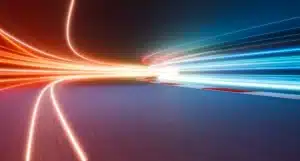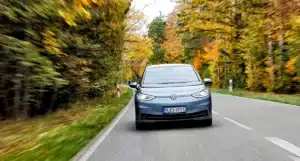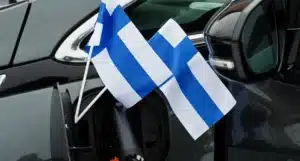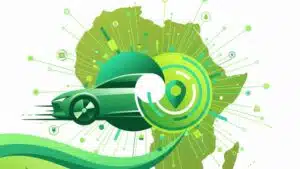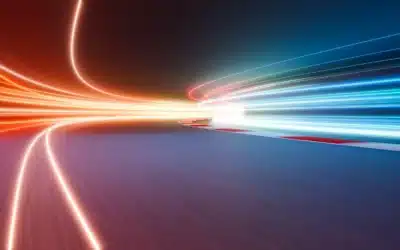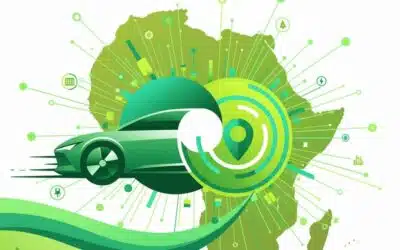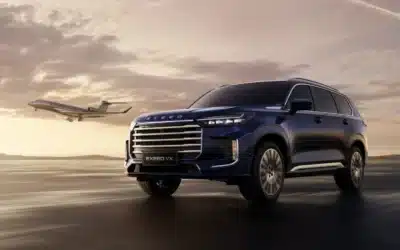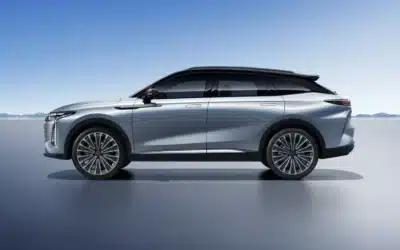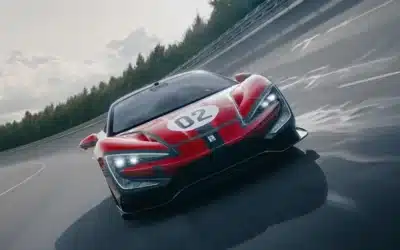In the swiftly evolving sphere of electric vehicle manufacturing, Tesla has made a monumental shift. The American electric vehicle giant started using BYD’s blade batteries for its Model Y – the best selling car in the world – assembled at its Berlin gigafactory. The significant result? An impressive enhancement in charging speeds.
Previously, CATL, a Chinese battery manufacturer, held the monopoly over supplying batteries for the Model Y in Europe. However, as of early May, it was revealed that Tesla began incorporating BYD as a secondary supplier.
Data divulged on the German forum Tesla Fahrer und Freunde underscores the superior performance of the BYD Blade battery. The Model Y equipped with this battery maintains peak charging speeds far surpassing its CATL counterpart.
Indeed, both the BYD Blade battery and CATL’s Kirin battery are Lithium Iron Phosphate (LFP), yet the former charges at an elevated speed consistently throughout the process. According to Notebook Check, Model Y owners equipped with the new BYD battery packs were able to uphold peak 172 kW charging speeds until the battery reached a half-charged state.
By contrast, “The Model Y with 62 kWh CATL battery, wasn’t able to maintain 172 kW charging speeds, and dropped off almost immediately, gradually reaching 50 kW at the 90% mark,” reports Notebook Check.
Introduced in 2020, BYD’s blade battery, incorporated in BYD’s Tang SUV, Han, and BYD Atto 3 models, boasts of durability alongside higher charging speeds. BYD assures, “The Blade Battery tops 1.2 million km after 3,000 cycles of charging/discharging.”
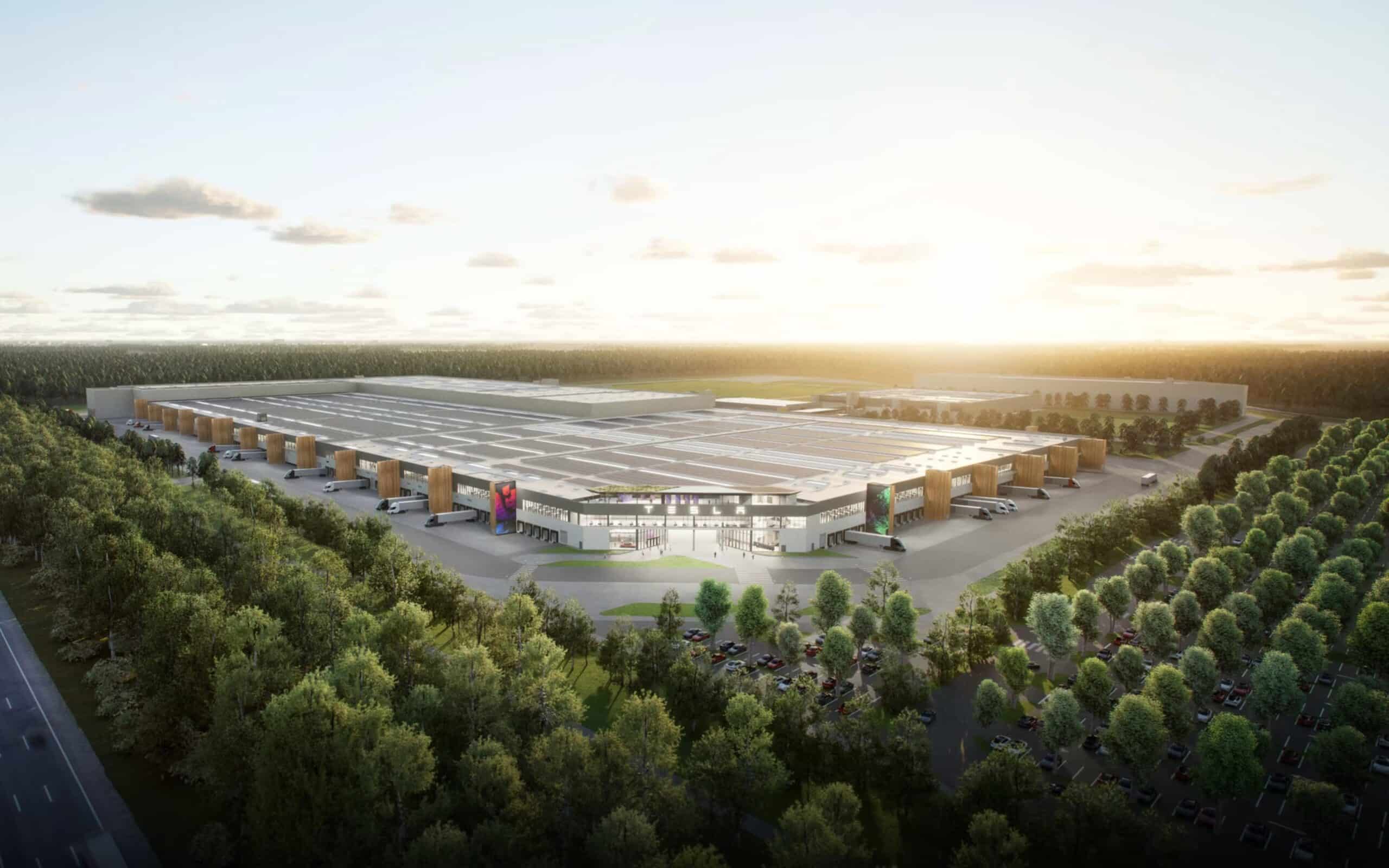
Architect’s image of the Tesla Berlin Gigafactory, from Tesla’s website.
However, as technological development charges ahead at lightning speed, this battery battle is far from over. CATL’s new M3P battery, scheduled for production this year, could potentially rival BYD’s advancements. This advanced battery, employing innovative material technology, promises higher energy density and outperformance of its lithium-ion phosphate batteries. Interestingly, it has an added component – manganese.
The new technology holds promise. As Notebook Check notes, GAC, producer of the first SUV with a near 1,000 km range, employs manganese LFP technology. This innovative battery can charge up to twice as fast as current LPF packs and boasts higher energy density and superior cold-climate performance.
Not much is known about the precise specifications of CATL’s M3P battery, but inside sources indicate these cells offer higher energy density while preserving longevity and charging speed improvements. This continuous evolution of battery technology signifies potential enhancements to energy density, charging speeds, and battery lifespan, promising to impact profoundly the global automotive industry.
The prediction of Tony Seba, in his recent podcast interview with The Driven, encapsulates the upcoming revolution: “Soon enough you’re gonna see million-mile EVs. And what that means is that over 10 years you’re going to need just one EV for 10 petrol cars.”
The takeaway? The twilight of the internal combustion engine may be closer than we think.

